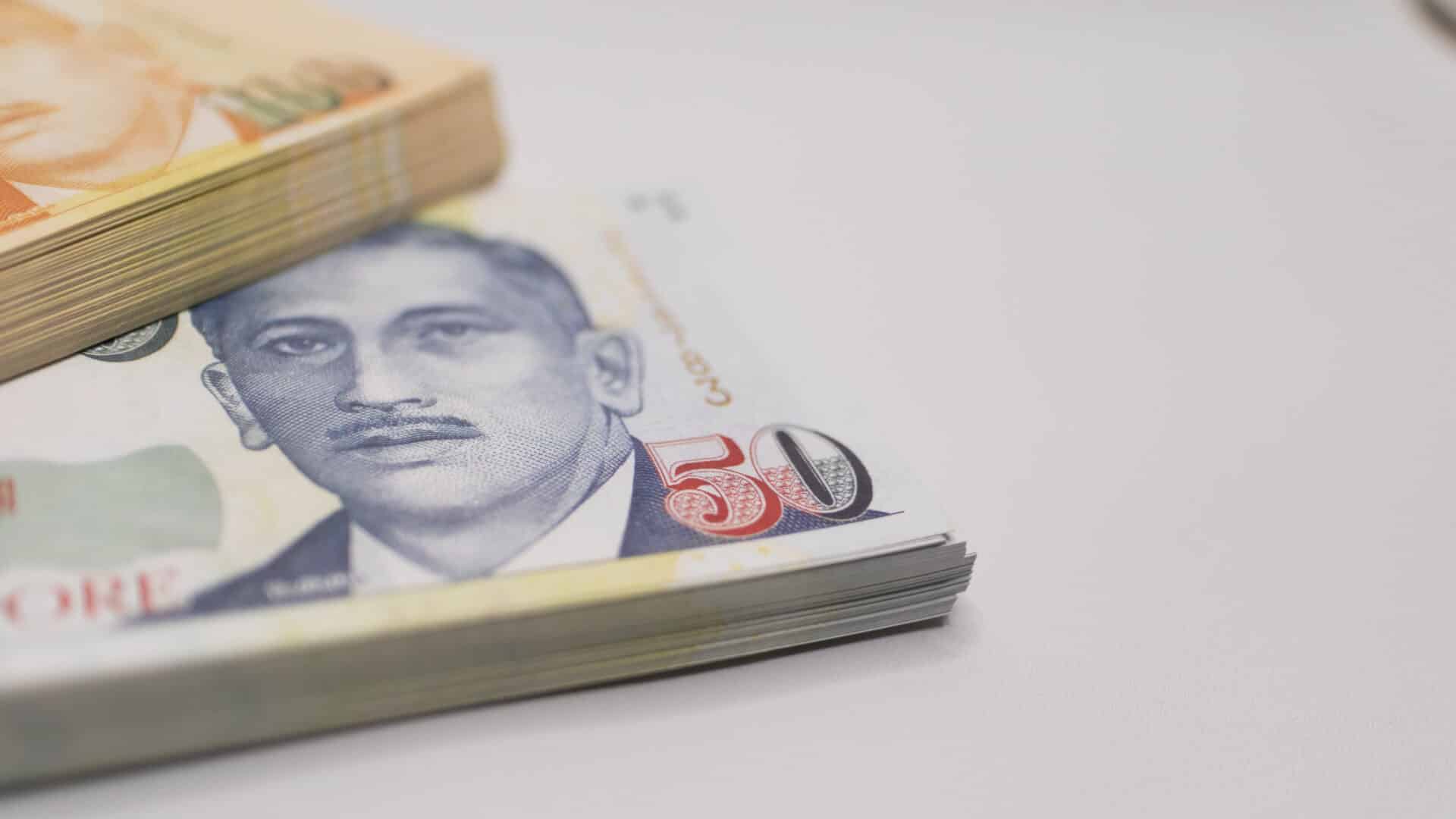Latest insights
“Reciprocal Tariffs” may accelerate policy easing in Asia. Asian credit fundamentals remain relatively healthy. Domestically-oriented areas may be preferred.
Read moreTrump’s “Retaliatory Tariffs” sparks risk-off. A re-shape in global trade relations is underway, that will give rise to relative winners and losers.
Read moreRisk-off mode with tariffs coming into effect amid strained alliances.
Read moreFeatured funds
Fullerton Short Term Interest Rate Fund
Fullerton Lux Funds – Flexible Credit Income
Fullerton Lux Funds – Global Absolute Alpha
Fullerton SGD Cash Fund
Fullerton SGD Liquidity Fund
Fullerton Total Return Multi-Asset Income

Best Money Market Fund at AsianInvestor Awards 2025
Fullerton is pleased to share that the Fullerton SGD Cash Fund has been honoured with the Best Money Market Fund (Highly Commended) award at the AsianInvestor Asset Management Awards 2025.
The accolade is a testament to our 15-years journey of dedication, delivering prudent and consistent returns through our SGD liquidity solutions.
Learn more about the Fullerton SGD Cash Fund through this link.
Click here for important advisory on fake websites



